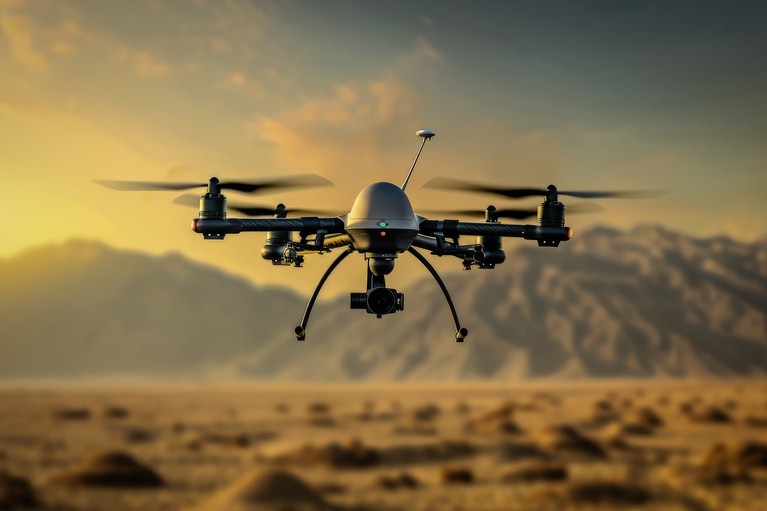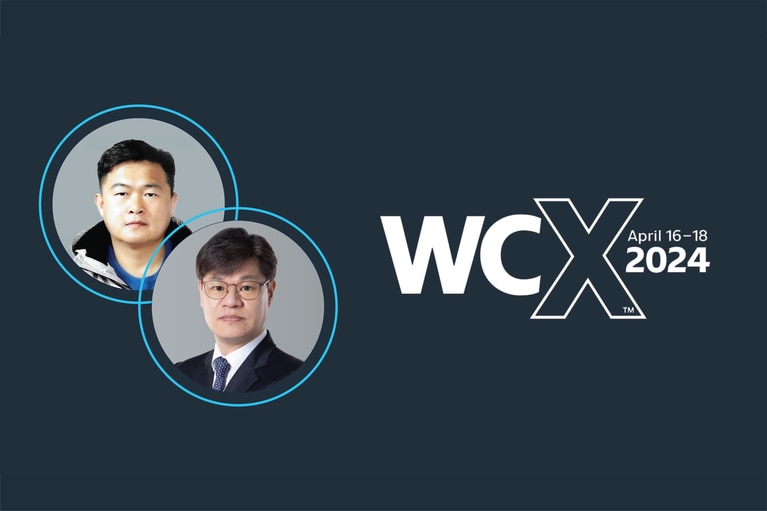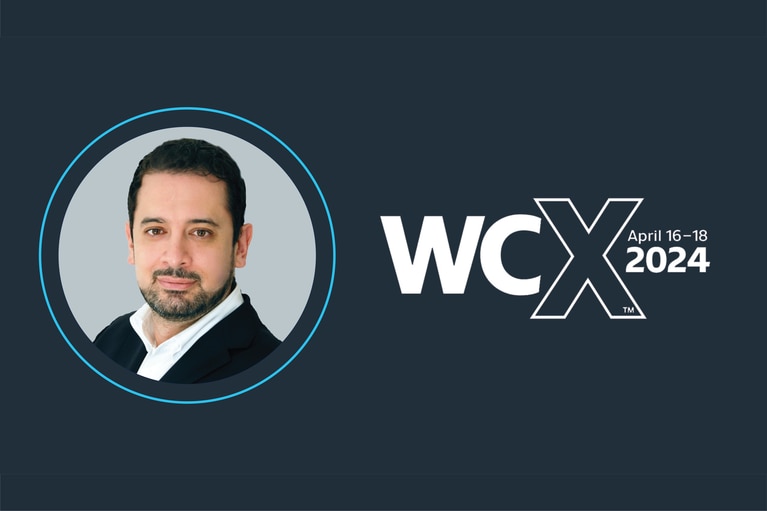
Build better UAVs using modular power
Power Delivery Networks (PDN) based on Vicor high performance power modules enable innovative designs for the next generation of UAV development
Dear vicorpower.com users:
In an effort to improve the Vicor website, we will be conducting maintenance on the site Dec. 29th between 11:30 am and 2pm am EST.
Certain parts of the site may not be available during this time, specifically product pages and family matrices.
We apologize for any inconvenience and thank you for your patience.
– Vicor Web Team
Bi-directional energy flow enables a range of techniques such as energy harvesting, dynamic energy storage and higher transmission voltages to deliver higher efficiency and better performance to a wide variety of applications. Recently introduced bi-directional DC-DC power components change everything. By acting as if they were DC power transformers, the components eliminate the need for back-to-back converters that are switched in and out, increasing efficiency, reducing size and improving power density.
Watch this webinar to learn about designing for bi-directional DC-DC power flow; implementing energy saving and harvesting techniques; using batteries as a dynamic storage element; how you can power remote loads using higher voltages; and how you can use DC power transformers to simplify power system design.
Build better UAVs using modular power
Power Delivery Networks (PDN) based on Vicor high performance power modules enable innovative designs for the next generation of UAV development
Optimize HV to SELV without battery and supercaps
Learn how to effectively convert HV battery power to SELV with fast bidirectional conversion to support regenerative loads
Designing 48V zonal architecture that keeps the high voltage inside the BEV battery pack
YK Choi, Sr. Field Application Engineer at Vicor and YoungJae Kang, Chief Engineer at INFAC discuss how integrating 48V conversion into the battery pack will reduce heat, cost, and...
Achieving EM conducted emission compliance for high voltage conversion with switching frequency above 1.3MHz
Nicola Rosano, Sr. Strategic FA/System Engineer at Vicor unpacks how fixing electromagnetic interference (EMI) in systems employing high-frequency DC-DC converters poses a critical...


